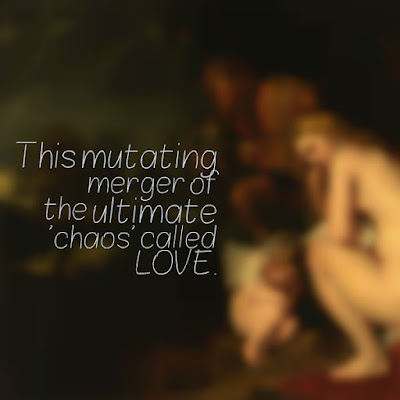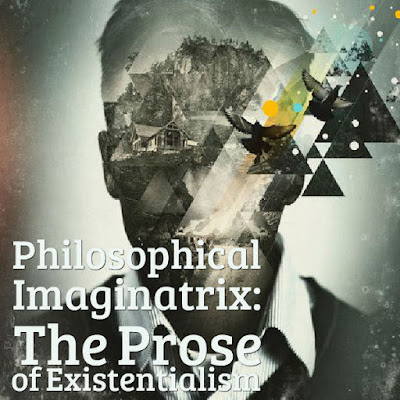Philosophical Imaginatrix: The Magical Tarot Cards

Tarot are mysterious cards. The cards of magic and divination. There is no known origin of the 'Tarot' cards. The tarot consists of 78 cards, which is divided into 22 major arcana and 56 minor arcana. The 56 minor arcana are divided into 4 suits. The 4 suits in the modern cards also come from the 'Tarot' system. Simply put, the modern cards are derived from the 'tarot' cards. The 'Tarot' cards represent the human anatomy, the solar system and the structure of universe. The 'Tarot' cards are believed to have inherited the mysteries of 'Thoth' and 'The Book of Enoch'. One must look at the cards and observe these cards with the thought of mystery and magic in mind. That way the cards work. The cards consist of the way to magic and mystery. According to Antoine Court de Gébelin, the word 'Tarot' is derived from Egyptian word Tar and Ro. Tar means the royal and rod means the road. The word tarot hence means the royal...








